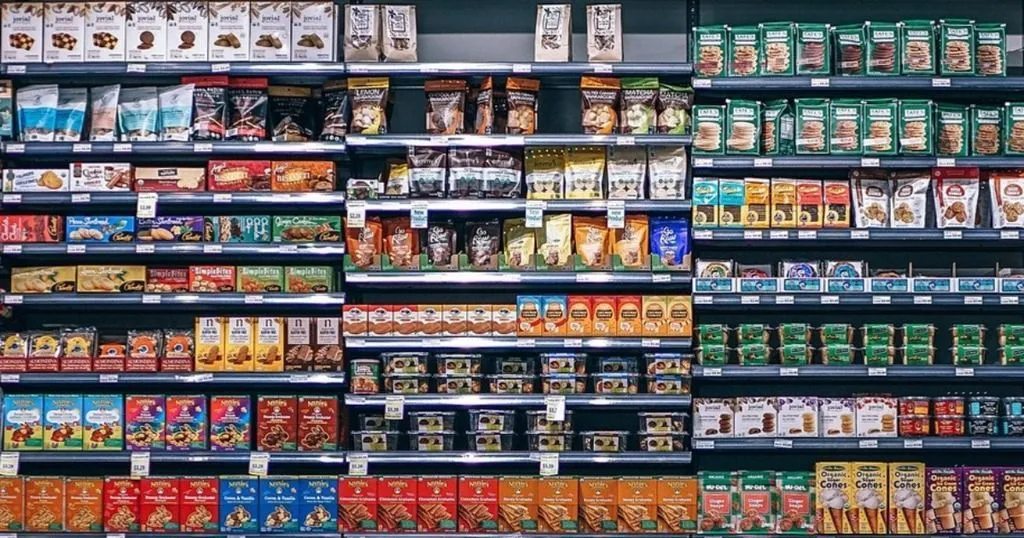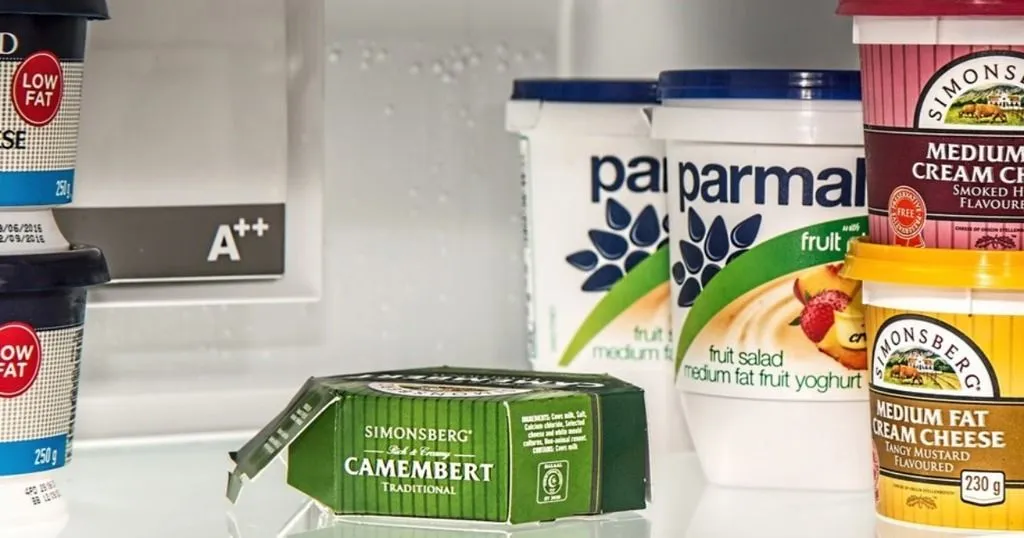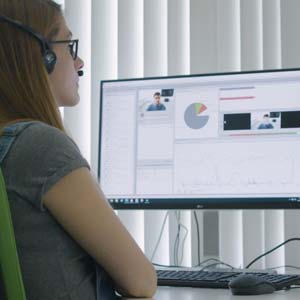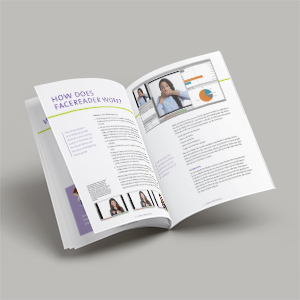Package testing - Emotional journey in packaging research

A product package should help consumers make a quick decision. Donata Tania Vergura and Beatrice Luceri from the University of Parma, Italy investigated different packaging designs.
Posted by
Published on
Tue 06 Mar. 2018
You likely know the feeling of leaving the office, racing to the supermarket and then buying just a little bit more than necessary. As we are all consumers, we make decisions on what to buy, which can be influenced by many factors such as packaging and store layout.
During a controlled laboratory situation, it was found that package design with a product image that is more on the foreground compared to the background elicited more positive emotional responses. The same researchers would now like to run this experiment in a store, which would enrich the results of the study.
Lab study into package testing
Donata Tania Vergura and Beatrice Luceri from the University of Parma, Italy investigated different packaging designs, in particular the placement of the product image (foreground vs. background) and the effect on the emotional state of the consumer and the intention to buy.
Since shopping is increasingly perceived as a hastened activity, the researchers explain that a product packaging should help consumers make a quick decision.
The product tests
The researchers designed two tests. In the first test, two well-known brand name food products in the area of Parma, Italy were chosen:
- Biscuits for breakfast by Balocco
- Foccacia snack by Mulino Bianco
Vergura and Luceri follow a theory in social psychology known as the Construal Level Theory (CLT), and explain why they choose a product picture in the foreground (claiming to be more concrete) vs. a product picture in the background (claiming to be more abstract). The packaging was changed according to this theory. For example, the focaccia packaging showed flour as one of the ingredients, and moved its snack product image to the background.
A total of forty students participated in the first study. They were welcomed to the laboratory room and were asked to watch a video with various pictures (e.g. landscapes, foods, or animals). While the students watched the video, their facial expressions were recorded on video for analysis with FaceReader software.
The second test was designed around two fictional brands for lemon cake and crackers. The same procedure was followed, and a total of sixty students participated.
Purchase intent was measured with a questionnaire showing the package design.
Positive emotional response
In both tests FaceReader analysis clearly showed more positive emotional responses with the foreground product picture. This outcome is in line with the Construal Level Theory. Because the picture is positioned in the foreground, consumers feel nearer to the product by perceiving a smaller psychological distance from the product packaging. This systematically changes peoples' responses to the product (positive valence).
Chasing after the buy button
Purchase intent didn’t differ significantly. However, the questionnaires did give insight into the attractiveness of the package design when comparing the two versions. Products in foreground positions received a significantly better evaluation compared to packages featuring the products in background positions.
In addition, there always is the option of going into a store and testing the product design in a real-life environment! Noldus Consulting is a research partner that can help you set up these studies in a natural environment in order to collect valuable insights in an unobtrusive way using technology such as eye tracking, physiological measures, and behavioral mapping.
Reference
Vergura, D.T.; Luceri, B. (2018). Product packaging and consumers’ emotional response. Does spatial representation influence product evaluation and choice? Journal of Consumer Marketing, https://doi.org/10.1108/JCM-12-2016-2021
Related Posts

How to study consumer behavior in a kitchen

Shopping behavior - what can we measure in a retail environment?


